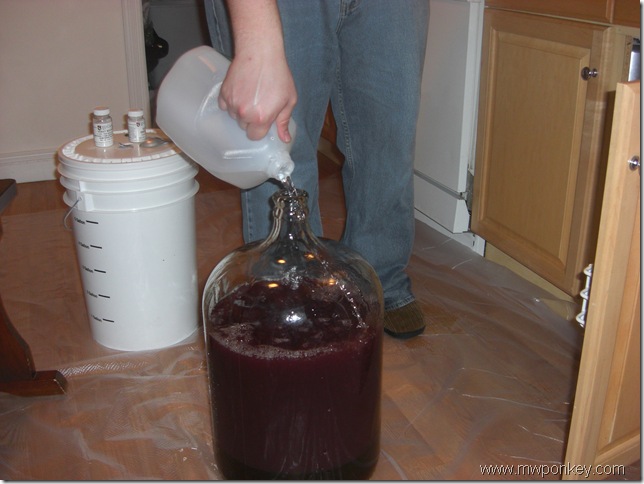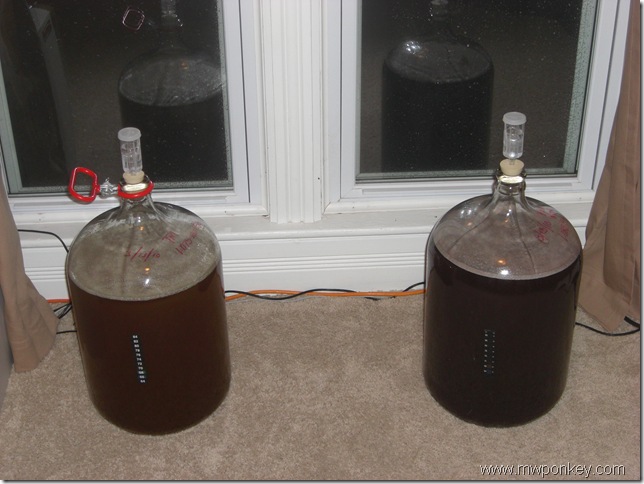Warning: DO NOT try this at home. It is never smart to binge drink, no matter who you are or why you’re doing it. Always drink responsibly, know your limit, and don’t drink and drive.
Andi. What a lady. She is a dear friend and a fellow lover of the drink. She’s also an instigator, and often of things that I somehow already want to do. Things such as drinking a shot of all the liquor she and Matt have in their house, and reviewing them for the website (in one sitting). Oh yes. I’m not kidding. She’s an evil one. But, I am also not one to turn down a challenge when it involves drinking on a Sunday, or my website.
So I accepted.
As it turns out, they had ten bottles of booze of which Andi deemed fit to feed me a shot, so she made up a chart of each kind, filled up the shot glasses, and sat a tray of booze in front of me.
Yeah, it didn’t sound or look (or smell) good to me either.
I was to take notes for each shot, and not only review them, but try to record and see how the drinking affected my reaction to each liquor. Here are my notes – pregame.
“I am about to embark on a challenge like never I’ve done before. I’m frightened and a little hesitant, but it’s Sunday, and Andi’s making me. The challenge is to drink a shot from each bottle in the Ponkey’s liquor collection, and record my thoughts on each. I will not be telling this story.”
Clearly I’ve changed my mind.
I prepared myself for the worst, since this was not going to end well no matter what. I had tons of water and plenty of chasers to sooth me after the rough shots, and three people watching me in case it got to be more than I could handle. I was also in walking distance of my home, and was allowed to stop whenever I wanted to.
My shot list (in order of how I drank them)
- Raspberry Di Amore
- 101 Proof Peppermint Schnapps
- Kahlua
- Jagermeister
- Smirnoff Vodka
- Don Julio Tequila
- Jim Beam Bourban
- Blanton’s Kentucky Whiskey
- Jack Daniels Special
- Licor 43
Each shot was in a 1.5 oz shot glass and ran the gamet from a low 40 to 101 proof. Thankfully, gin was not included in this experiment, and honestly, I wouldn’t have touched it anyway.
It took just under two hours to complete the challenge, which stopped being truly scary after the first shot and only got easier after that. After the first two shots, I requested that everyone else have a beer or cocktail so I wouldn’t be the only person drinking, and they all agreed, thank goodness.
After four shots, I spilled my orange juice everywhere.
After five shots, I’d started to question why we were doing it, and apparently this was the reaction:
“Andi assures me that she only poured the shots.”
Liar.
And then, one shot later, I was all right with all of it, and gung ho to keep going.
“I’m beginning to get so drunk that I’m thinking I should take both whiskey shots back to back.”
By this I meant to drink one immediately after the other. I didn’t.
I think it’s important to note here that for the whiskey shots, my “reviews” are unreliable. “Horrible” and “It’s Jack” are not viable or helpful to anyone.
After eight, I stopped being able to count. I had also become completely irresponsible (as if this whole challenge was an act of good choices).
“I am pretty drunk now. Six shots in, and I’m actually disappointed that I only have 2 shots left. I will probably ask to go to the liquor store later.”
Wow. So proud of myself. (Not)
However, after 10 shots, drunk me was very proud.
“I just did 10 shots in two hours. I did it and I am happy. I am very proud of being able to last for 10 shots.”
And so, that was the experiment. After ten shots, I ended up with eight real reviews that I am not going to publish today. However, over the next week or so I will periodically release them to keep you entertained.
For now, I’d like to take some time and forget the rest of that night, which as you can imagine, was hilarious beyond measure. But that’s another story.






















